Removing Carbon from Air, Which Increases Water Use, Is No Simple Climate Fix
Certain ways of drawing carbon out of the atmosphere to keep global temperatures in check come with substantial tradeoffs for water use, water quality, and food production, study finds.
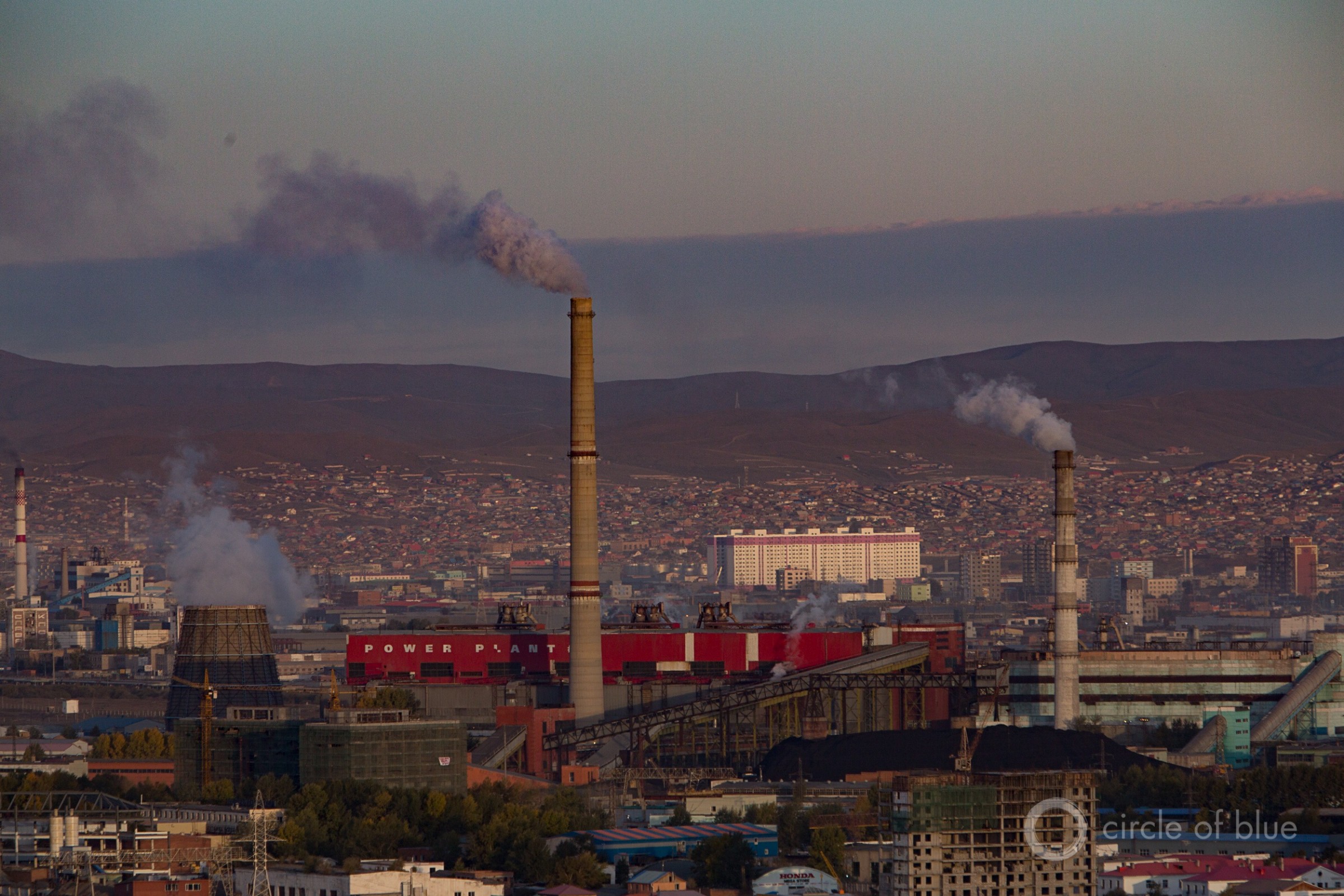
A coal-fired power plant operates in Ulan Bator, the capital of Mongolia. Photo © J. Carl Ganter/Circle of Blue
By Brett Walton, Circle of Blue
Technologies that pull heat-trapping carbon out of the air and store it underground, one option for cooling the planet, have significant drawbacks and consequences for water, energy demand, and food production, a new study finds.
Delaying emissions reductions now and having to deploy carbon removal at large scale in the coming decades could worsen water stress at the same time that water is already expected to become scarcer in some regions and seasons due to warming temperatures, said Andres Clarens, one of the study authors.
“If we’re sluggish in ramping down emissions, then all of that additional carbon pollution that needs to be removed from the atmosphere to meet our warming goals would necessarily need to come from engineered approaches like [direct air capture] and that’s going to have consequences in terms of water and energy in particular,” Clarens, a professor of civil and environmental engineering at the University of Virginia, told Circle of Blue.
The Paris climate agreement, signed by nearly all countries after it was adopted in 2015, seeks to keep global temperatures from rising unacceptably high. Limiting the temperature increase to 1.5 to 2 degrees Celsius above the level of two centuries ago is the goal. But meeting either of those targets, based on current climate trajectories and national emissions-reduction plans, requires the use of technologies that remove carbon from the atmosphere.
These technologies — such as drawing carbon directly from the air, or burning crops to generate electricity and capturing the emissions — are not only expensive or require huge tracts of land. They will also place significant additional pressure on water, energy demand, and food production, according to the study, which was published in the journal Nature Climate Change.
Clarens and his colleagues modeled certain environmental, social, and economic effects stemming from three carbon-removal options of increasing technical complexity. The least-engineered option is planting trees, which store carbon as they grow. A second alternative is harvesting fuel crops like switchgrass or sugarcane, burning them to generate electricity, trapping the emissions, and burying the carbon underground, a process known as bioenergy with carbon capture and storage, or BECCS. The third option, direct air capture, or DAC, is the most convoluted. It involves what are, in essence, large sponges to soak carbon from the sky. (A technology not modeled in the study is carbon capture and storage, which scrubs the high-concentration emissions directly from power plants.)
The model examined two scenarios: exceeding the world’s carbon budget by a little bit and exceeding it by a lot. The bigger the overshoot, the more reliance on expensive gadgets like DAC.
The study’s most surprising result, Clarens said, is that direct air capture does not reduce water use compared to BECCS as much as the researchers had assumed. In fact, water demands for the two were about equal per unit of carbon removed. That is because the equipment to remove carbon from the air is energy-hungry and requires large amounts of water for cooling. The study found that using DAC to keep temperatures below the Paris agreement target would equal 115 percent of current global natural gas consumption.
“Water that you would be using for agriculture, all of a sudden you need to use for your DAC instrument,” Clarens said. “It’s on the same order of magnitude, which we didn’t expect.”
The model found that DAC is most likely to be deployed in Australia, China, and the United States: countries that have the right preconditions, such as pipelines for transporting carbon, geology that is conducive to carbon storage, and enough energy sources to run the machinery.
If countries rely on afforestation and BECCS instead, the study found massive ecological and social ramifications. Global average food prices could rise three to seven times their 2010 level by the end of the century due to displacement of farmland. Fertilizer for growing the fuel crops also swelled, equaling at peak about 30 percent of current fertilizer demand. This could cause additional problems. Farm nutrients are a major source of water pollution, contaminating groundwater with nitrates and contributing to harmful algal blooms that strip oxygen from the Gulf of Mexico.
The findings illuminate the benefits of reducing carbon emissions immediately, said Lorenzo Rosa, a researcher who was not involved in the study. Rosa, who studied the intersections between water, food, and energy systems while completing his Ph.D. at the University of California, Berkeley, is a postdoctoral researcher at ETH Zurich, where he focuses on negative emissions technologies.
“The main conclusion is that we need to act now and don’t wait, because the more we wait, the more we will have to rely on DAC,” Rosa told Circle of Blue.
Previous studies have noted the ecological constraints to widespread use of BECCS. The amount of land necessary to grow fuel crops for electric power would be enormous, roughly the size of Australia or the United States not counting Alaska and Hawaii. This amounts to 25 percent to 80 percent of current global cropland.
“This isn’t about planting a few fields here and there with bioenergy crops and calling it a day,” Clarens said. “This is about a really large-scale roll out of technologies that are intended to restore the climate. But the fact is any time you do something at that scale, it’s going to have a footprint.”
The Clarens study has a number of limitations, though. One is the scope. Rosa said that a global study is helpful for providing a big-picture view of the problem. But for “local tailored solutions” — decisions about where to site individual facilities, or the effects on water availability — smaller-scale evaluations are necessary.
Rosa also noted that the study focuses on water withdrawals from rivers and lakes but not on water use by crops that are not irrigated. Expanding BECCS on non-irrigated land will reduce downstream water availability, he said.
These sorts of complexities are part of any reckoning with the future. The longer the world waits to reduce carbon emissions, the more difficult those tradeoffs will be, Clarens said.
Brett writes about agriculture, energy, infrastructure, and the politics and economics of water in the United States. He also writes the Federal Water Tap, Circle of Blue’s weekly digest of U.S. government water news. He is the winner of two Society of Environmental Journalists reporting awards, one of the top honors in American environmental journalism: first place for explanatory reporting for a series on septic system pollution in the United States(2016) and third place for beat reporting in a small market (2014). He received the Sierra Club’s Distinguished Service Award in 2018. Brett lives in Seattle, where he hikes the mountains and bakes pies. Contact Brett Walton

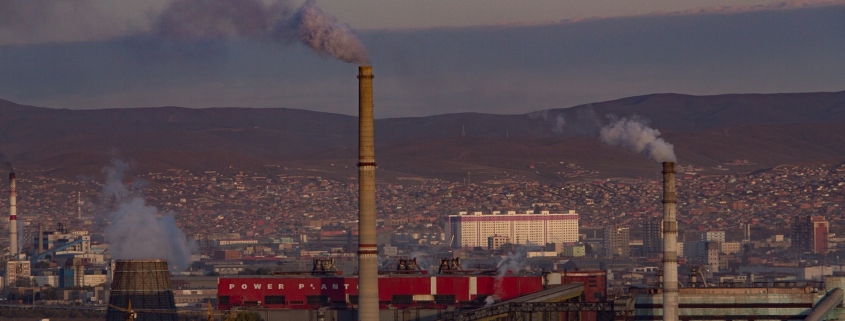

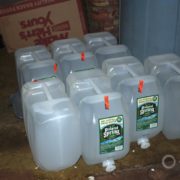
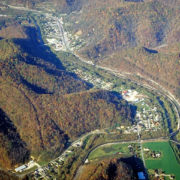
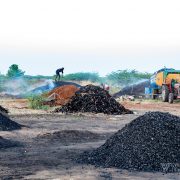
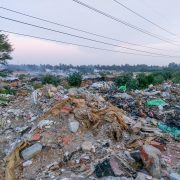
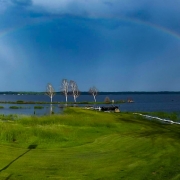
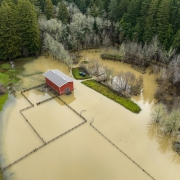



Leave a Reply
Want to join the discussion?Feel free to contribute!